Seam Allowance for Garment Sewing | Elise's Sewing Studio

We may earn money or products from the companies mentioned in this post.
Seam allowance is the amount of fabric between your stitching line and the edge of your fabric.
The amount of seam allowance you need depends on your project and fabric type. If you are using a pattern, the pattern will tell you how much seam allowance is accounted for in the pattern.
It is important to use the same amount of seam allowance in your project as the pattern is made for, or else your project will end up either too large or too small.
If you are making your own pattern or project, you can determine the amount of seam allowance you wish to use. Just make sure it is consistent on all your seams that match.
Hem allowance is a bit different – I get into that below.
If you are sewing something that, for example, has a half an inch seam allowance, you need to sew it so that half an inch of fabric is to the side of the needle.
Machines have a guide on the throat plate to help you with this.
Some sewists find it handy to have a magnetic guide to place where their seam allowance should be. Then they sew with their fabric against the seam guide. Here’s an example:
Without seam allowance, you would be sewing right on the edge of your fabric. It is nearly impossible to sew right on the edge of your fabric – it will fray, or get sucked into the machine and generally be a gigantic pain to sew.
Some space between the stitching line and the edge of the fabric is necessary to avoid fabric fraying. When you are sewing clothes, if you have some seam allowance to work with, it is easier to adjust the fit here. You can sew the seams in a bit more to make it more fitted, or let the seam allowance out a bit to achieve the perfect fit.
Most commercial patterns have 5/8″ seam allowance. This allows for easier adjusting for fit – there is a bit to let out if need be.
However, make sure that you follow the instructions for your pattern on what the seam allowance is as it can vary depending on the company or type of fabric.
Seam allowance on a pattern is the edge you cut along, then the seam line is the line printed inside that. Or, the stitching line may not be printed on the pattern – check your instructions.
Vintage patterns don’t always have seam allowance included. In this case, you will have to either draw it on your fabric before cutting, or trace the pattern and add seam allowance to your tracing.
If you are making your own pattern for anything, you will need to add seam allowance to your pattern. A few things to keep in mind:
- If it is for clothing, you may want a larger seam allowance if you think you will need to alter it. Once you have a good fit, you can trim down the seam allowances if you find them too wide, and apply a seam finish.
- Keeping the seam allowance consistent on all edges of your pattern makes it easier to sew without error. I sometimes make exceptions with a smaller allowance on necklines if there is going to be a facing.
- If you are altering something and you are left with a large seam allowance, you can cut it down to about 1/2″ and apply a seam finish.
There are a few tools that make drawing a seam allowance onto a pattern or fabric a bit easier and faster.
Grid ruler: For straight lines, I use a grid ruler to quickly and accurately draw a seam allowance for my desired width. Place the ruler so that the stitching line lines up underneath with the desired seam allowance meaurement.
When drawing a curved seam allowance, I find it easier to use a seam gauge. I mark my seam allowance in a few spots, then connect the dots.
I usually sew a French seam with 1/4″ for the first seam, and then 1/2″ for the next seam. So 3/4″ total.
Wondering what a French Seam is or how to sew one? I covered that in an article on seams here.
This can vary widely depending on your garment. The most important thing here is to make sure that your item is the right length, and that there is enough allowance to hem it the right length.
Hem allowance for clothing
If I am making a pattern, I will usually add 1.5″ here. Commercial patterns will have a hem allowance built-in. It’s a good idea to check the length before you cut out your fabric. If you are on the taller side (me!) and run the risk of the legs being short, check the inseam length before cutting.
The hem allowance required also depends on how you wish to hem your item. If it is a double-turned topstitched hem, 1″ will do as long as you know that the length will fit.
For a blind hem, I usually use 1.5″ seam allowance and serge the edge of the fabric. Then I use the blind hem stitch on my machine or sew with a herringbone stitch by hand.
You can also just add some allowance so you know it will be long enough, try it on, mark a hem and then cut at your preferred seam allowance. There isn’t really a wrong way here as long as it doesn’t end up too short!
Hems on shirts from a woven fabric usually have a very small double-turned hem – often just 1/2″ (so the hem is turned up 1/4″ two times). Again, you can really do what you think is best here.
Projects for knit fabrics often have a smaller seam allowance. In some cases, the seams can just be serged together without adding additional allowance. If I am making my own pattern for knits, this is what I usually do. For example, that’s what I did on these leggings I made from tracing an existing pair.
Again, if you are sewing a commercial pattern, use their instructions for seam allowance or else it will end up the wrong size.
Don’t get stuck overthinking this. Follow instructions on sewing patterns for seam allowance, and use what seems suitable for the project when you aren’t using a pattern.
Enjoyed the project?
The author may collect a small share of sales from the links on this page.

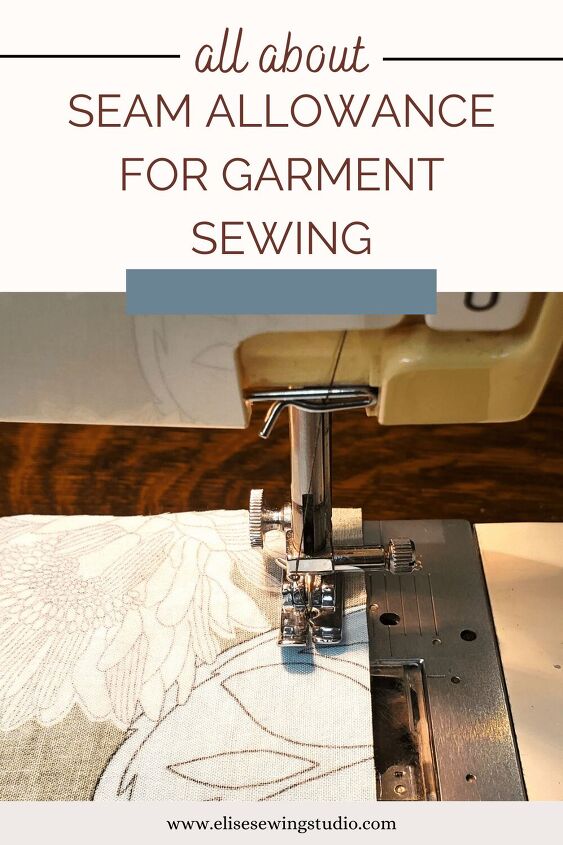











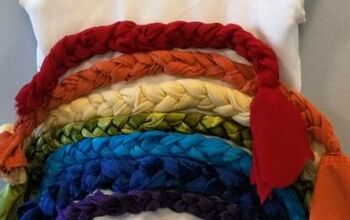
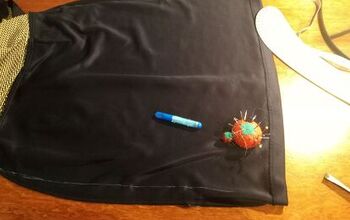
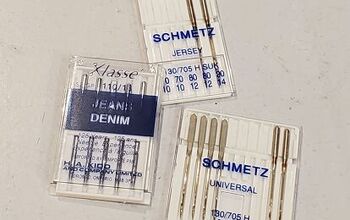

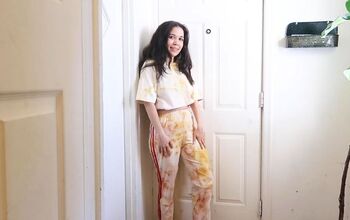


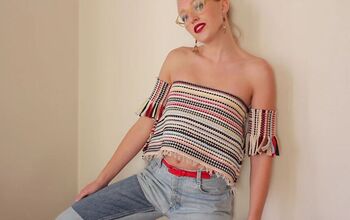


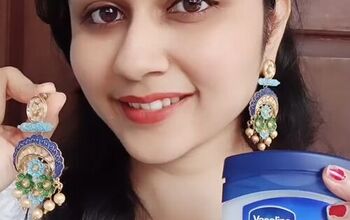
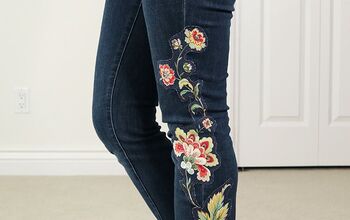


Comments
Join the conversation